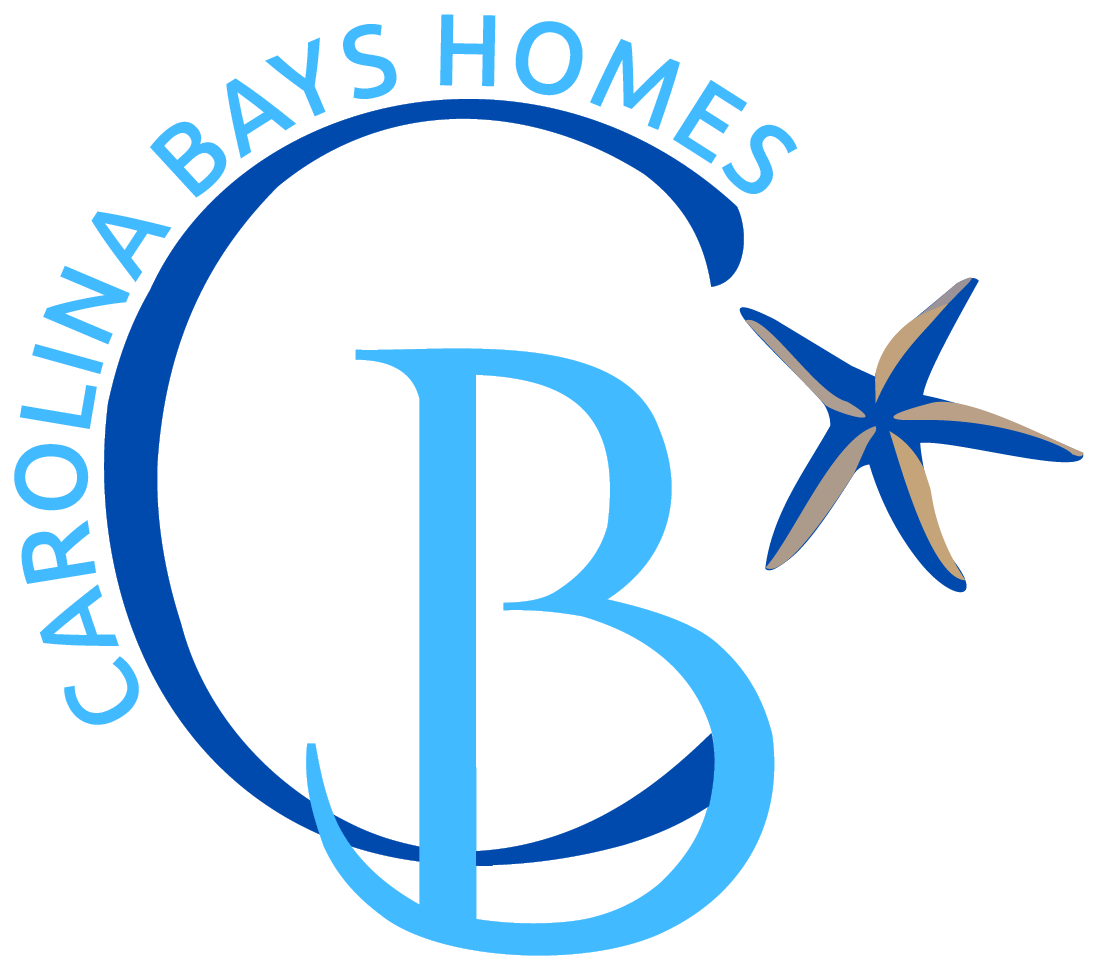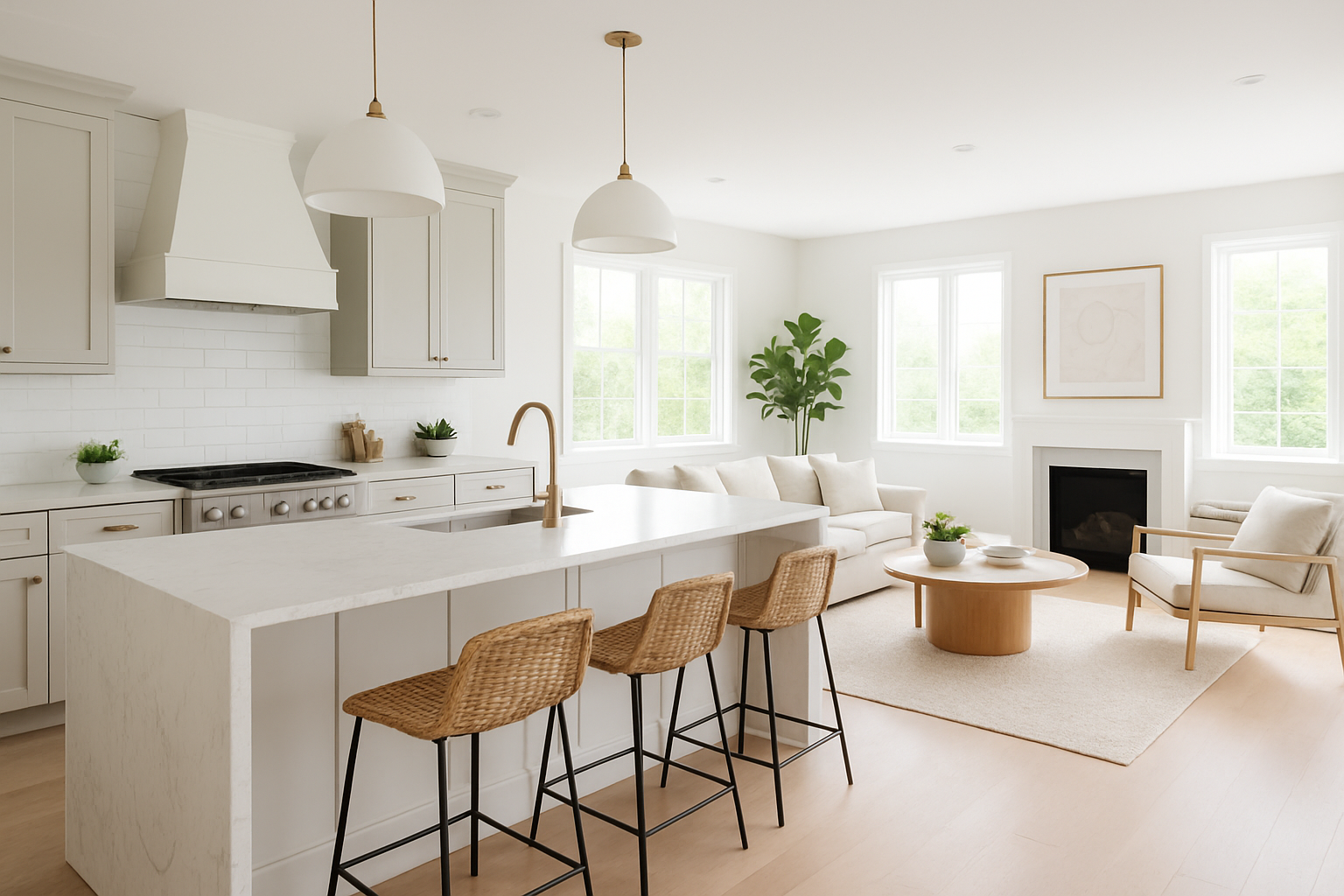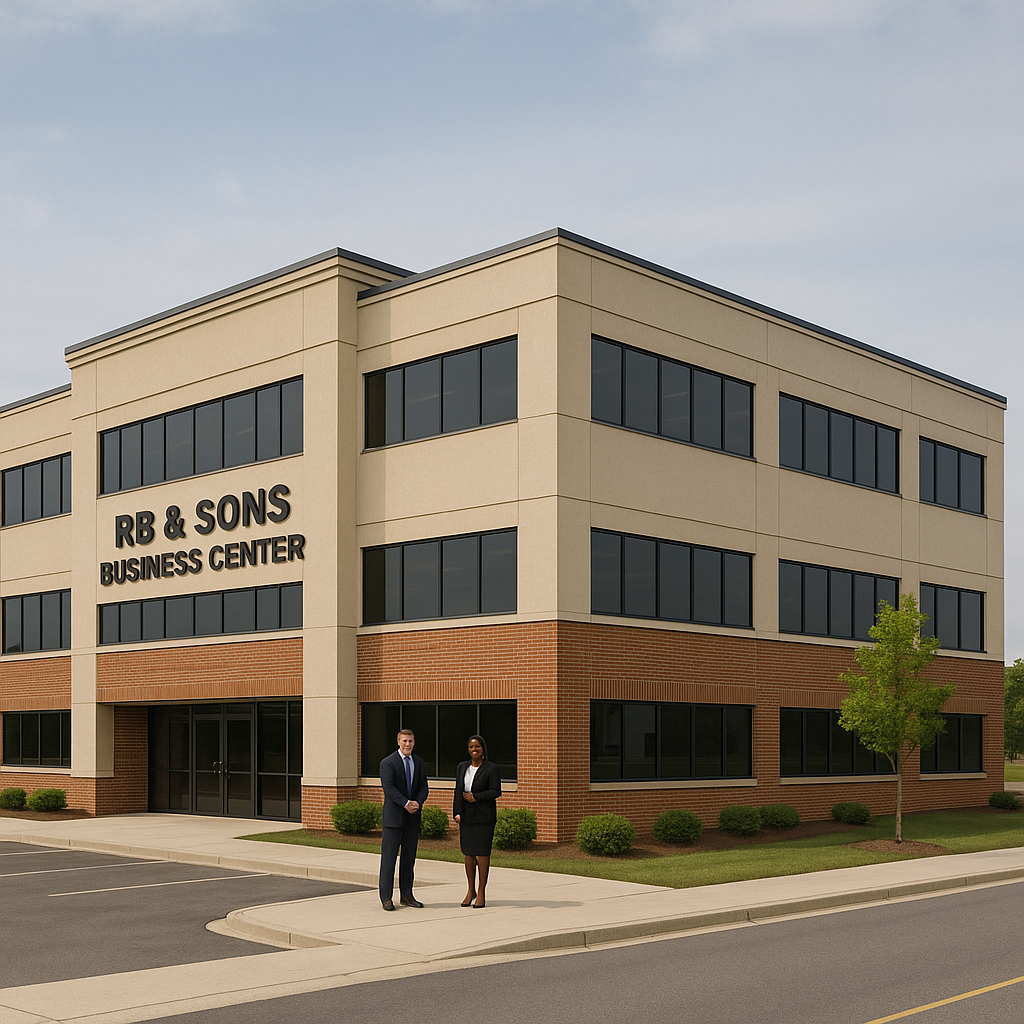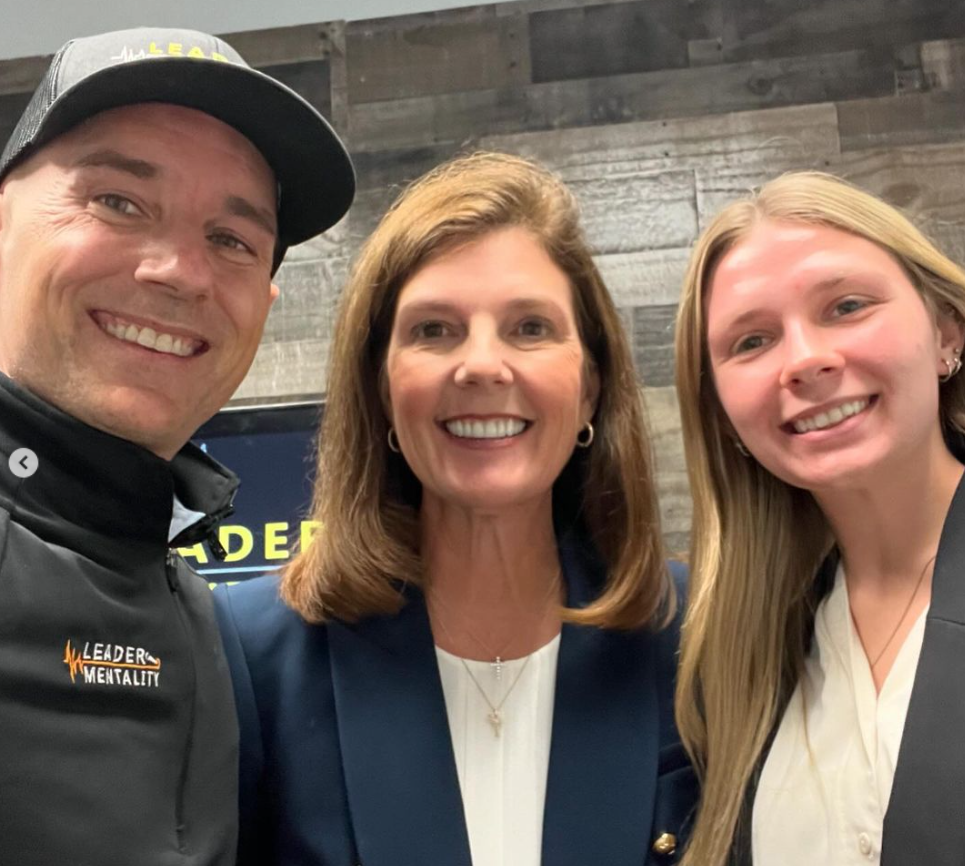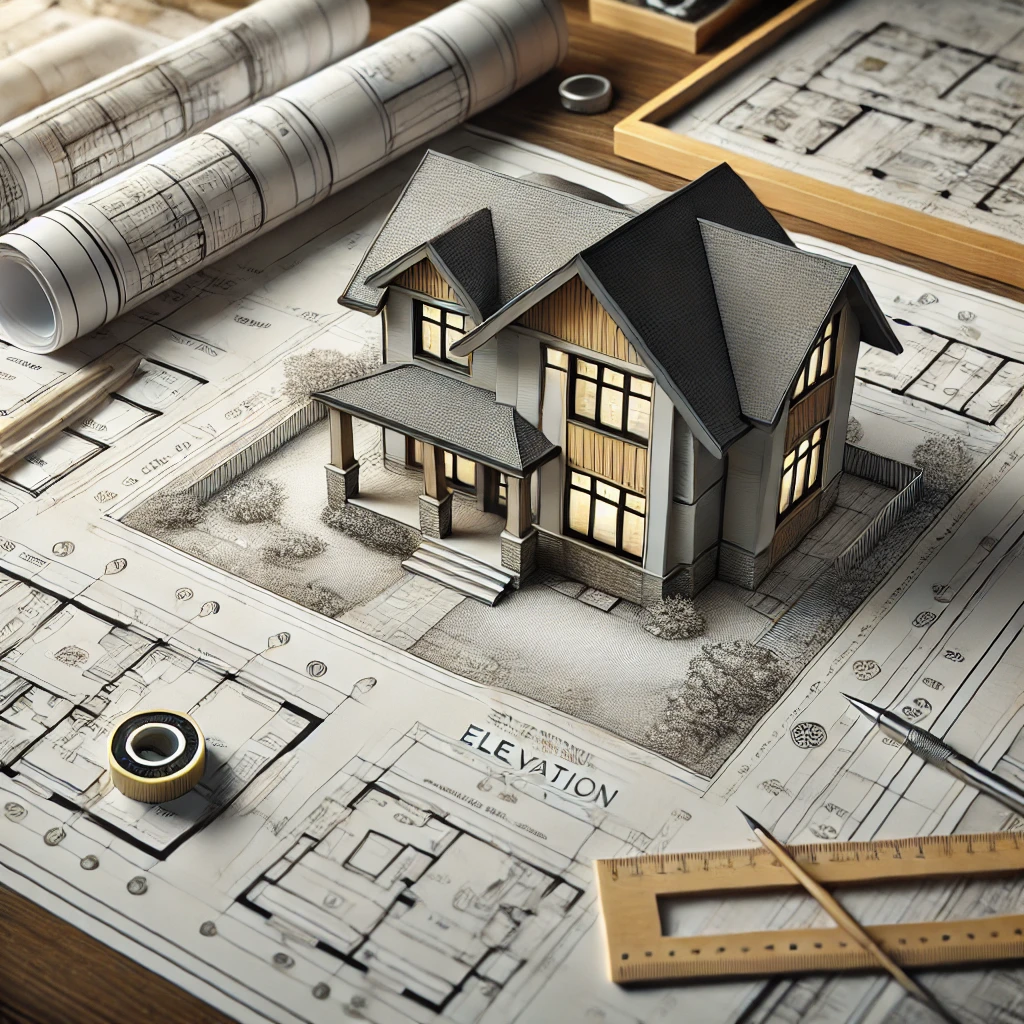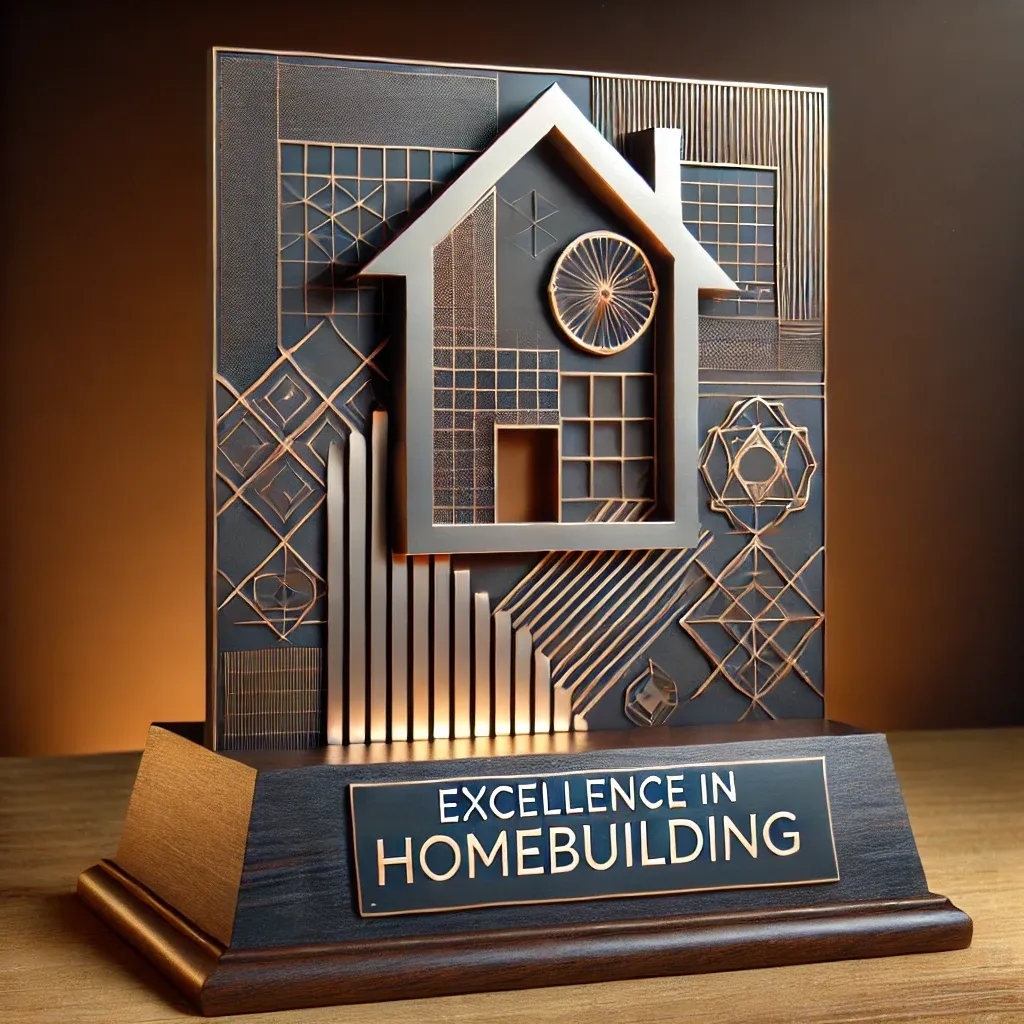Top Interior Design Tips for Your Custom Home
Building a custom home is an exciting journey that offers a rare opportunity: the chance to create spaces perfectly tailored to your lifestyle from the ground up. As a custom home builder in Myrtle Beach, I have spent much of my career working with excited homeowners that sometimes get very nervous when it comes to making selections for their homes. Unlike renovating or decorating an existing space, you’re starting with a blank canvas where every decision can be intentional and purposeful. The options can sometimes feel overwhelming, so I decided to present some tips to help those that are about to start planning selections for their custom homes with interior design tips to help you create a custom home that’s both beautiful and livable.
Start Planning During the Build Phase
One of the biggest advantages of building custom is that you can think about interior design before the walls go up. Work closely with your architect and builder to incorporate design elements during construction rather than trying to retrofit them later.
Consider built-in storage, custom millwork, window placement for optimal natural light, and electrical outlets positioned exactly where you’ll need them for lamps and appliances. Think about ceiling heights in different rooms and where you might want architectural details like coffered ceilings, wainscoting, or exposed beams. These decisions are far easier and more cost-effective to implement during construction.
Develop a Cohesive Design Vision
Before making any purchases, establish a clear design direction for your entire home. This doesn’t mean every room needs to look identical, but there should be a connecting thread that creates flow and harmony as you move through the space.
Create mood boards for each room that include color palettes, material samples, furniture inspiration, and texture references. Digital tools like Pinterest make this easy, but physical boards with actual fabric swatches and paint chips can be even more helpful. Share these with your builder, designer, and contractors so everyone understands the aesthetic you’re working toward.
Your design vision should reflect how you actually live. If you have young children, pristine white everything might not be practical. If you love hosting dinner parties, your kitchen and dining area deserve special attention. Be honest about your lifestyle and design accordingly.
Invest in Quality Where It Counts
With a custom home, you’ll face countless decisions about where to allocate your budget. The key is investing in quality for items you’ll use daily and that are difficult to change later.
High-impact investments include flooring throughout your home, kitchen cabinetry and countertops, bathroom fixtures and tile, your primary furniture pieces like sofas and beds, and quality window treatments. These elements form the foundation of your home’s design and functionality.
You can economize on decorative accessories, accent furniture pieces, artwork and wall decor, and trendy items that you might want to change in a few years. These are easy to update as your taste evolves or your budget allows.
Master the Art of Scale and Proportion
Even the most beautiful furniture will look wrong if it doesn’t fit the scale of your room. This is especially important in custom homes where room sizes might be larger or smaller than standard dimensions.
Before your home is complete, create a detailed floor plan with accurate measurements. Use painter’s tape on the subfloor to outline furniture placements and walk through the space to test traffic patterns. This hands-on approach reveals whether that oversized sectional you love will actually work or if you need something smaller.
Remember to consider vertical space too. In rooms with high ceilings, you’ll need appropriately scaled artwork, tall bookcases, or dramatic light fixtures to balance the proportions. Low ceilings call for furniture with lower profiles and vertical lines to create the illusion of height.
Layer Your Lighting Thoughtfully
Lighting is one of the most critical and often underestimated elements of interior design. Plan for multiple types of lighting in every room, and remember that this is much easier to do during construction than after. As a homebuilder, after we get the framing done for your home, I personally like to walk-through with my customers to find every perfect lighting feature possible.
Every room needs ambient lighting for overall illumination, task lighting for specific activities like reading or cooking, and accent lighting to highlight architectural features or artwork. Install dimmer switches everywhere possible so you can adjust the mood and functionality of each space.
Don’t forget about natural light. During the design phase, carefully consider window placement, size, and orientation. South-facing windows provide consistent natural light, while west-facing windows offer beautiful afternoon sun but can cause heat gain and glare.
Create Flow Between Spaces
In a custom home, you have the opportunity to design transitions between rooms intentionally. Visual flow creates a sense of harmony and makes your home feel cohesive and well-planned.
Use consistent flooring materials in connecting spaces, carry your main color palette throughout the home with variations in each room, and maintain similar trim and molding styles. Ensure doorways and hallways are wide enough for comfortable movement and furniture delivery.
Think about sightlines too. What do you see when you enter the front door? What views connect from one room to another? These visual connections create narrative threads that guide people through your home.
Balance Aesthetics with Functionality
A beautiful home that doesn’t support your daily life will ultimately disappoint. As you make design decisions, constantly ask yourself how you’ll actually use each space.
If you have children or pets, choose durable, cleanable fabrics and surfaces. If you work from home, create a dedicated office space with proper lighting and storage. If you love cooking, design your kitchen for function first and beauty second. If you entertain frequently, ensure your living and dining spaces can accommodate groups comfortably.
Build in adequate storage from the start. Nothing clutters a beautiful design faster than not having places to put things. Consider a mudroom near the entrance, a pantry in the kitchen, built-in bedroom closets, and hidden storage in living areas.
Mix Textures and Materials
A well-designed space engages multiple senses. Mixing textures and materials adds depth, warmth, and visual interest that prevents your home from feeling flat or one-dimensional.
Combine smooth and rough textures, soft and hard materials, matte and glossy finishes. Think wood floors with plush rugs, leather chairs with linen pillows, smooth marble counters with textured tile backsplashes, and metal light fixtures against painted walls.
This layering creates richness and sophistication. It also makes your home feel collected over time rather than bought all at once from a single catalog.
Don’t Rush to Fill Every Space
One of the most common mistakes in a new custom home is the urge to furnish and decorate everything immediately. Resist this temptation. Living in your space for a few months reveals how you actually use each room and what pieces you truly need.
Start with essential furniture for daily living and add pieces gradually. This approach has several benefits: you avoid costly mistakes from impulse purchases, you give yourself time to find the perfect pieces rather than settling, your design evolves more organically, and you can spread out expenses over time.
Empty space isn’t a problem to solve. It’s an opportunity to be intentional. A thoughtfully sparse room often feels more luxurious than one crammed with furniture. Personalize with Purpose
Your custom home should tell your story. The most beautiful interiors balance timeless design principles with personal touches that make a space uniquely yours.
Display meaningful items like travel souvenirs, family heirlooms, artwork you love, and collections you’ve built over time. These personal elements create emotional connections and prevent your home from looking like a staged showroom.
However, be selective. Not everything meaningful needs to be displayed. Curate your personal items so each one can shine and contribute to the overall design rather than creating visual clutter.
Plan for the Long Term
Trends come and go, but your custom home is a long-term investment. Make core design decisions based on timeless principles rather than what’s currently popular on social media. Ironically, the hottest trends of a time period can often date a home quickly.
Choose classic, neutral foundations for permanent elements like flooring, cabinetry, and built-ins. You can then incorporate current trends through easily changeable items like pillows, accessories, and accent pieces.
Also consider how your needs might evolve. Young couples might eventually need nurseries. Growing families might need home offices when children move out. Designing with flexibility in mind ensures your custom home serves you well for years to come.
Bring in Professional Help
Even if you have strong design instincts, working with an interior designer for a custom home build can be invaluable. They bring expertise in spatial planning, access to trade-only resources, relationships with quality contractors, and experience avoiding common pitfalls.
You don’t necessarily need a designer for the entire project. Many homeowners hire professionals for specific phases like space planning and material selection, then handle furniture and decor themselves. Find an approach that fits your budget and comfort level.
Final Thoughts
Building a custom home is a once-in-a-lifetime opportunity for many people. By thinking carefully about interior design from the earliest stages, you can create a space that’s not only beautiful but perfectly suited to how you live.
Remember that great design isn’t about following rules rigidly or creating a picture-perfect showroom. It’s about crafting spaces that make you feel comfortable, inspired, and at home. Trust your instincts, plan thoughtfully, and don’t be afraid to let your personality shine through.
If you have any questions or concepts about interior design for a custom home, please reach out to us. We would love to hear from you.
Rob Clemons is a Custom Home Builder, Certified Master Builder and Commercial General Contractor located in Myrtle Beach, South Carolina
